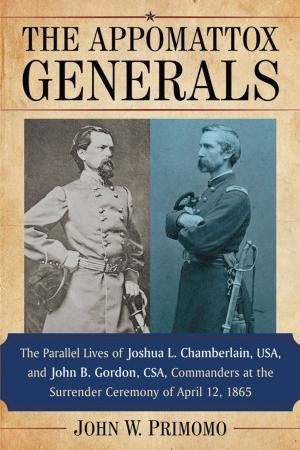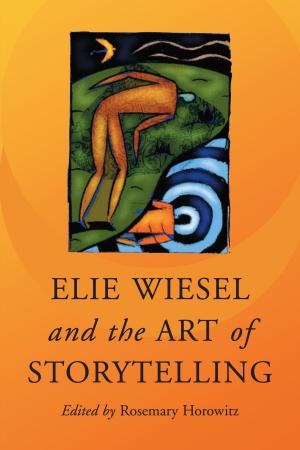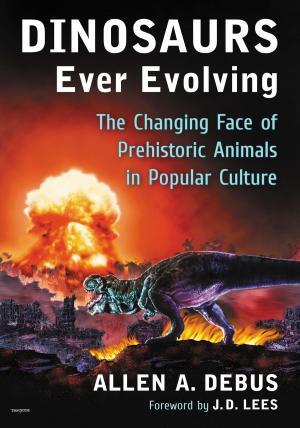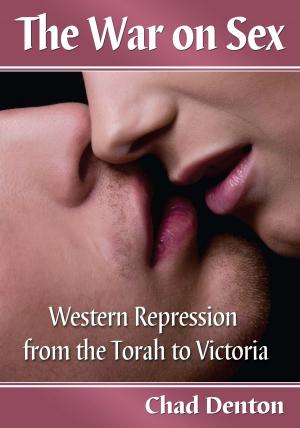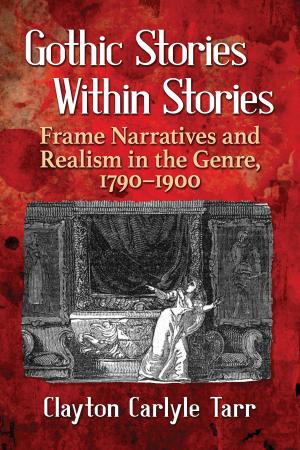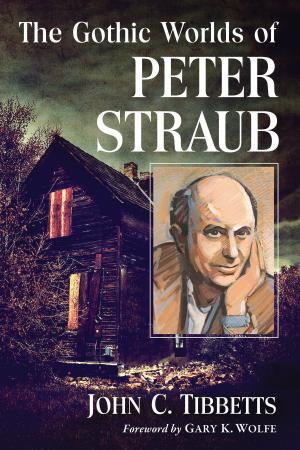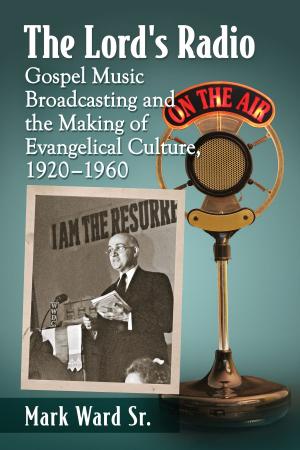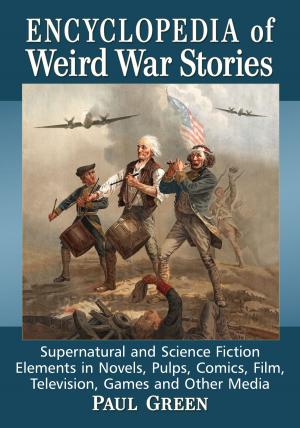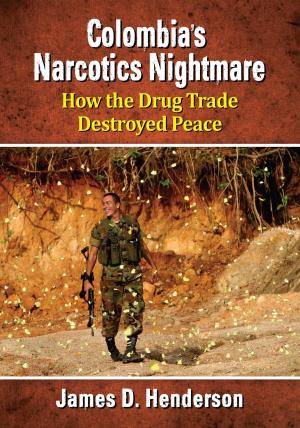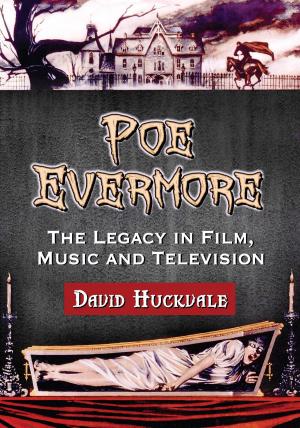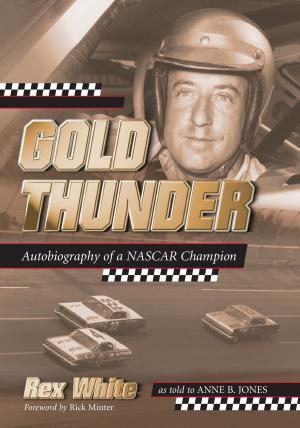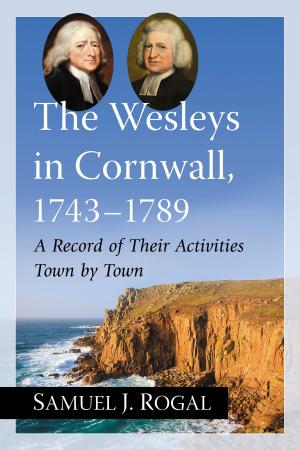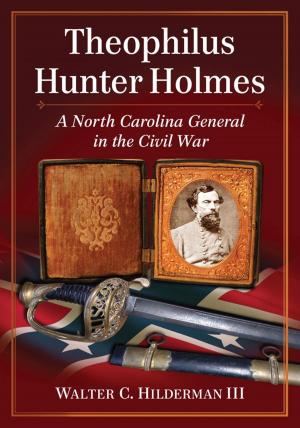The New Western
Critical Essays on the Genre Since 9/11
Nonfiction, Entertainment, Performing Arts, Film, Social & Cultural Studies, Social Science, Cultural Studies, Popular Culture| Author: | ISBN: | 9781476624204 | |
| Publisher: | McFarland & Company, Inc., Publishers | Publication: | February 19, 2016 |
| Imprint: | Language: | English |
| Author: | |
| ISBN: | 9781476624204 |
| Publisher: | McFarland & Company, Inc., Publishers |
| Publication: | February 19, 2016 |
| Imprint: | |
| Language: | English |
American moviegoers have long turned to the Hollywood Western for reassurance in times of crisis. During the genre’s heyday, the films of John Ford, Howard Hawks and Henry Hathaway reflected a grand patriotism that resonated with audiences at the end of World War II. The tried-and-true Western was questioned by Ford and George Stevens during the Cold War, and in the 1960s directors like Sam Peckinpah and George Roy Hill retooled the genre as a commentary on American ethics during the Vietnam War. Between the mid–1970s and early 1990s, the Western faded from view—until the Gulf War, when Kevin Costner’s Dances with Wolves (1990) and Clint Eastwood’s Unforgiven (1992) brought it back, with moral complexities. Since 9/11, the Western has seen a resurgence, blending its patriotic narrative with criticism of America’s place in the global community. Exploring such films as True Grit (2010) and Brokeback Mountain (2005), along with television series like Deadwood and Firefly, this collection of new essays explores how the Western today captures the dichotomy of our times and remains important to the American psyche.
American moviegoers have long turned to the Hollywood Western for reassurance in times of crisis. During the genre’s heyday, the films of John Ford, Howard Hawks and Henry Hathaway reflected a grand patriotism that resonated with audiences at the end of World War II. The tried-and-true Western was questioned by Ford and George Stevens during the Cold War, and in the 1960s directors like Sam Peckinpah and George Roy Hill retooled the genre as a commentary on American ethics during the Vietnam War. Between the mid–1970s and early 1990s, the Western faded from view—until the Gulf War, when Kevin Costner’s Dances with Wolves (1990) and Clint Eastwood’s Unforgiven (1992) brought it back, with moral complexities. Since 9/11, the Western has seen a resurgence, blending its patriotic narrative with criticism of America’s place in the global community. Exploring such films as True Grit (2010) and Brokeback Mountain (2005), along with television series like Deadwood and Firefly, this collection of new essays explores how the Western today captures the dichotomy of our times and remains important to the American psyche.

